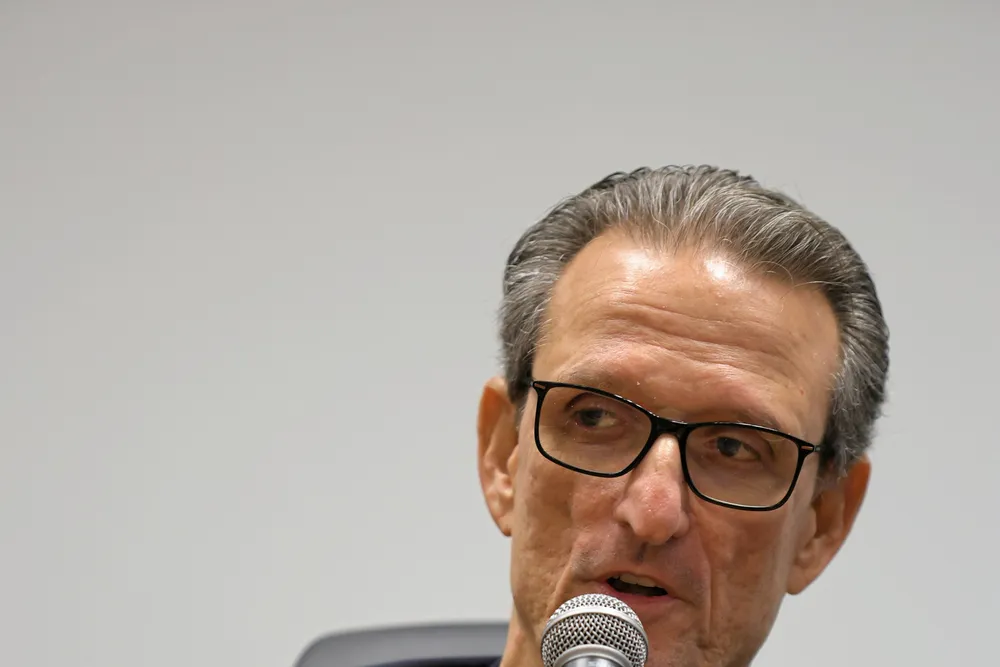Petrobras turns to Tolmasquim for energy transition
Recently retired energy academic holds newly created director’s position at Brazilian state-controlled oil giant

Recently retired energy academic holds newly created director’s position at Brazilian state-controlled oil giant
